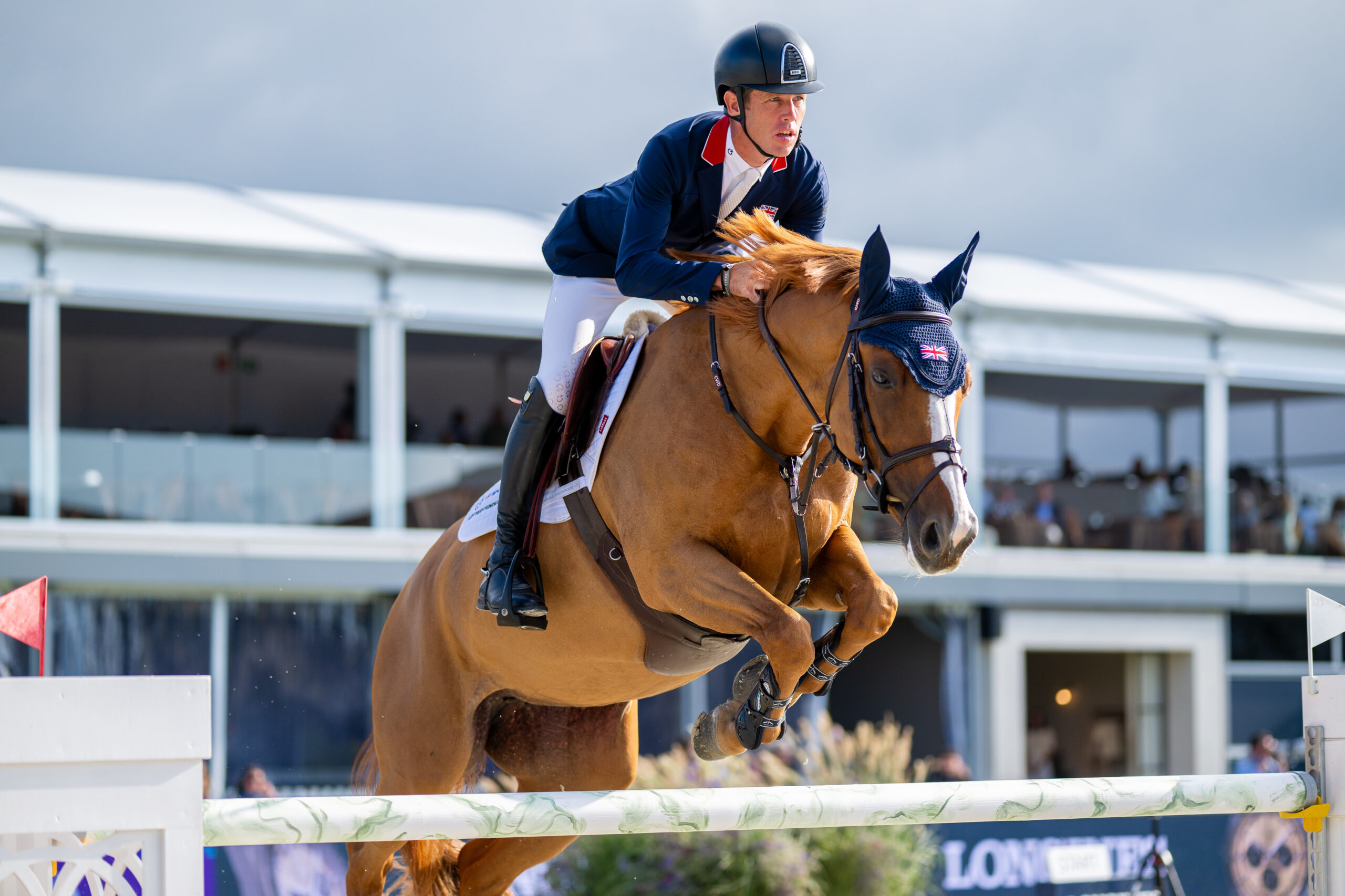Last week, we assessed Baby True’s achievements and found that he’s learned a lot in the past eight months. We can use that assessment to refresh our goals for the future.
First, there are items that need continued practice for better performance:
Reverse Gear. True has learned to take four or five steps in reverse. Now he needs to become smoother, softer in the mouth, and more relaxed in the forehand while he does that. He also needs to shift his weight more definitively to his hindquarters while reversing, in preparation for forward work that will require more energy from behind.
Barn Nerves. The barn is mostly off-limits for grooming and tacking up during Covid, but True needs more time in there. (He lives outside in a pasture, not inside the barn.) He is especially nervous about outdoor activities that he senses but cannot fully see, hear, or smell. He is also understandably concerned about activity inside the barn—big dark dogs meandering around, multiple people talking in close quarters, people approaching from all angles.
In general, True is wary of people suddenly waving their arms around or making sudden moves. This is perfectly natural, of course—horses are skittish because they’re prey animals. But part of True’s wariness might be my fault. I tend to be a little too careful around young horses—I move steadily, calmly, and methodically in an effort to quiet the nervous horse and keep both of us safe.
Many years ago, I was saddling a young horse for the first time, very slowly and carefully. The wizened old trainer helping me said, “Nope, saddle him up like you were drunk!” My young eyes got big and round, and he explained that if we are too careful our horses don’t learn the range of human movement. They also don’t learn that stirrups flop, saddles move, pads swish around in wind, bridles drop, and stuff breaks. I need to remember that trainer’s “drunk lesson” more often when working with True.
Rider Position. Babies are accustomed to riders who maintain balance very consistently. This is necessary at the beginning because it takes a horse time and strength to learn how to carry human weight. True is balanced enough in his body now that he needs to learn to adjust to different rider positions.
The next step is for me to adopt two-point, half-seat, and stirrupless positions at various gaits. Before bareback riding, young horses need to get used to these different forms of saddled balance.
Next, we use our assessment to select new lessons that the horse is ready to begin learning. True canters in balance and maintains consistent pace now, his leads are correct, and he picks up the canter from a slow sitting trot. The time has come for him to learn:
Canter Departs from a Walk. Over time, I’ve been asking True for a canter from progressively slower paces of trot. His departs from a very slow sitting trot (a jog, really) are very solid now. I expect he will understand the canter depart from a walk with ease at this point. This is a good example of how no lesson should be completely “new”—all lessons build on learning that came before.
Simple Lead Changes. I’m referring to cantering one direction in a loop, trotting a few steps, then picking up the other lead to canter a loop in the opposite direction. I use very large loops at first when teaching simple changes, so the horse is not in danger of losing his balance and getting scared. Simple changes form the basis for learning flying lead changes in the future.
Shoulder-Ins. I prefer to hold back on teaching any lateral (sideways) movement until a young horse has learned solid canter departs. Teaching lateral movement requires pressure with one leg, and most babies become confused when one-legged pressure is used for both canter departs and side-stepping. There is a subtle difference in these one-legged aids, but babies haven’t learned quite enough body sensitivity to understand them yet. Their brains literally have to tune, or sensitize, neurons to achieve that kind of understanding.
True is now solid enough at his canter departs that I believe he can begin lateral work. (If not, he’ll let me know by expressing confusion, and I’ll hold off a while longer.) Shoulder-ins at the walk and along the rail are the easiest place to start.
Walk the young horse in a small circle in a corner of the arena, then head down the long side of the arena in the same direction. Try to maintain the curve of the circle as the horse begins to traverse the straightaway. A few steps is worthy of praise and strokes, then just walk on in a straight line. Work equally in both directions, of course.
When teaching a young or green horse any new maneuver, be sure you have already learned it thoroughly on an experienced horse! After all, we can’t teach what we don’t know. To teach correct leads, you must know your leads. To teach a shoulder-in, you need to know exactly what it is, where the horse’s feet track, and the leg, seat, hand, eye, and weight aids that are required to achieve it. It’s not the baby horse’s responsibility to figure all that out!
From the shoulder-in, we will eventually progress to other lateral movements—turns on the haunches and forehand, leg yields, all at various gaits. Eventually, the horse will be ready to learn half-passes and full side passes, but those are a long way down the road. Each of these exercises increases the horse’s suppleness, attention, obedience, and trust. They help to build the horse’s muscular and skeletal soundness. They also form the basis for disciplinary learning in whatever specialization you might choose—reining, dressage, jumping, or cutting, for example.
If your horse is ready to learn lateral work, it’s a great exercise for winter riding. It has to be taught at the walk first, and in small foot movements, so there’s little chance of the horse slipping on snowpack if you’re outside or losing balance if your indoor arena is small. A nice goal for February weather!
Finally, our assessment of True’s achievements also shows that he still needs a lot of work in terms of shying, working with other horses nearby, and developing roundness and frame with his head and neck in working position. We’ll aim in those directions in my upcoming articles.
Happy riding!
Related reading:
- Establish Pace Without Neural Fatigue
- Canter Departs
- Unplanned Dismounts
- What Falls Mean to the Horse
- Progress Checkpoint
Brain-Based Horsemanship is a weekly column that chronicles Janet Jones, PhD, and her journey with True, a Dutch Warmblood she trained from age three using neuroscience best practices. Read more about brain-based training in Jones’ award winning book Horse Brain, Human Brain.

A version of this story originally appeared on janet-jones.com. It is reprinted here with permission.


 July 26, 2023
July 26, 2023 

























